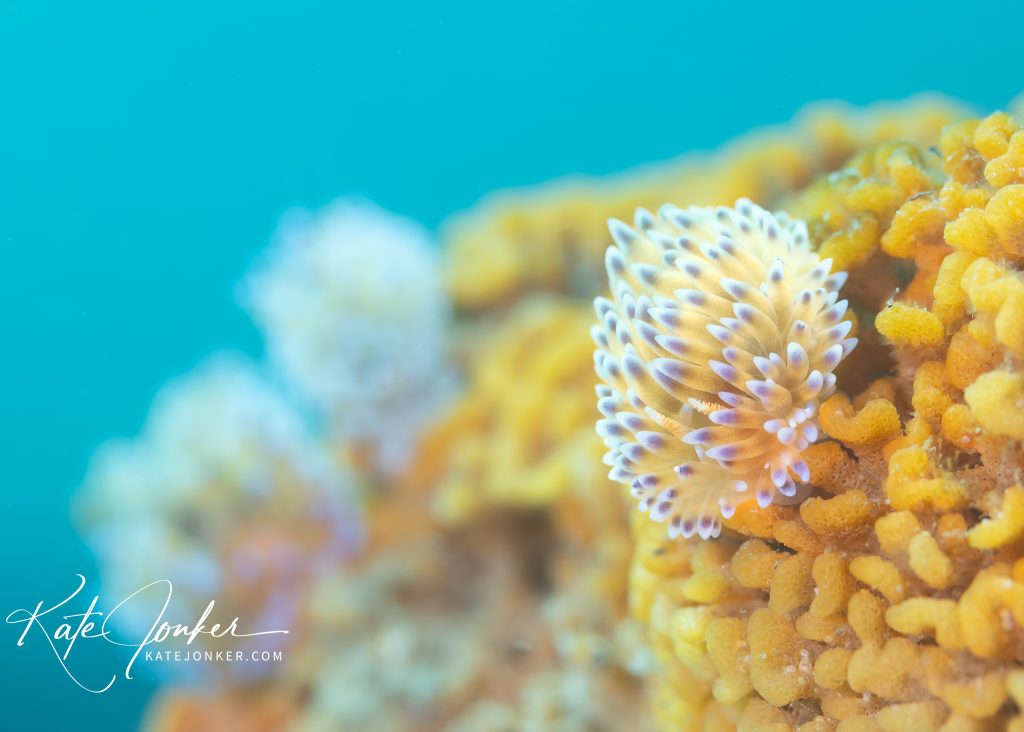
As an underwater photographer, I understand the allure of capturing stunning critter shots in the world beneath the waves. The classic approach involves isolating the subject, often using a black background to emphasize its beauty. However, in this blog post, I want to encourage you to break free from the conventional and explore new avenues to enhance your underwater photography portfolio.
Subject-Centric Photography
The typical approach to muck diving involves searching for extraordinary subjects in an otherwise uninspiring underwater landscape. As photographers, we tend to focus intensely on the subject, using techniques like snoot lighting to isolate it against a black background. While this approach yields fantastic results, it can lead to a portfolio that feels somewhat repetitive.
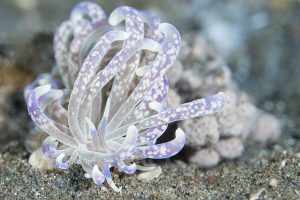
Diversifying Your Portfolio
To break away from the monotony of subject-centric photography, consider embracing different ideas and techniques on your muck dives. Instead of solely focusing on the rarity of the subject, look for opportunities to capture compelling moments and interactions. This shift in perspective can add depth to your images, even if the subjects are not the most exotic.
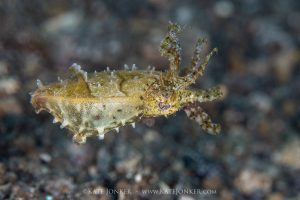
Creative Lighting
One of the most effective ways to diversify your macro portfolio is by experimenting with lighting. While traditional techniques like snoot lighting create a dramatic black background, don’t hesitate to let ambient light into your shots. Allowing the blue light of the sea to seep through can add a naturalistic feel, especially when photographing warm-coloured subjects.
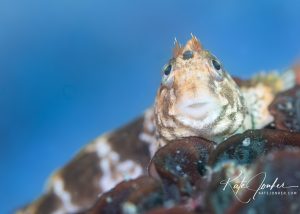
Background Matters
In the quest for unique images, don’t underestimate the importance of backgrounds. As muck dives often revolve around critter hunting, it’s easy to become solely subject-focused. However, paying attention to backgrounds can significantly enhance the overall appeal of your photographs.

Shallow Depth of Field
A technique I particularly enjoy involves using a shallow depth of field to make the subject stand out. This not only creates a sense of depth but also provides a more naturalistic feel to the images. By intentionally blurring the background, you allow viewers to appreciate the subject in its environment without distraction.
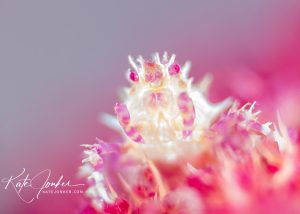
Wide-Angle Macro
Challenge the notion that macro photography must always be captured with a macro lens. Experiment with wide-angle lenses, getting as close as possible to your subject. Utilize fisheye lenses behind small dome ports, or special optics such as the Nauticam EMWL or the Inon Bugeye lense to create wide-angle macro shots that showcase the critters in their surroundings.
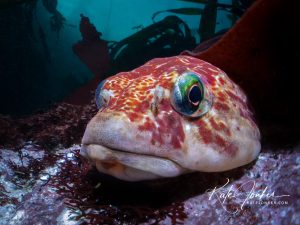
Unconventional Techniques
For those addicted to the drama of restrictive lighting and black backgrounds, consider incorporating unconventional techniques. Long exposures with intentional camera movement or double exposures can add unique elements to your images, breaking away from the traditional mold.
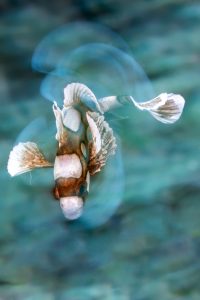
Vintage Lenses
In the last decade, experimenting with vintage lenses has become a fascinating avenue for macro photographers. While these lenses may lack the sharpness of modern counterparts and are largely manual focus lenses, they impart a dreamy, ethereal quality to images. This approach is particularly suited to muck diving subjects, enhancing their otherworldly nature.
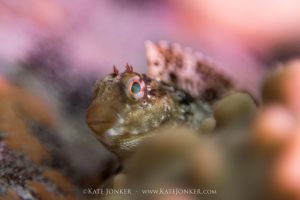
Pushing Creative Boundaries
As you venture into experimenting with different techniques, remember that pushing your limits can lead to images that evoke strong emotional responses. It’s better to create some polarizing work that resonates deeply with certain viewers than to produce universally liked but ordinary images.
The world of macro underwater photography is vast and brimming with possibilities. By breaking away from the classic shots and embracing diverse techniques, you not only enrich your portfolio but also contribute to the broader narrative of underwater beauty. So, the next time you embark on a muck dive, let your creativity flow and capture the magic beneath the waves in ways that surprise and inspire.








